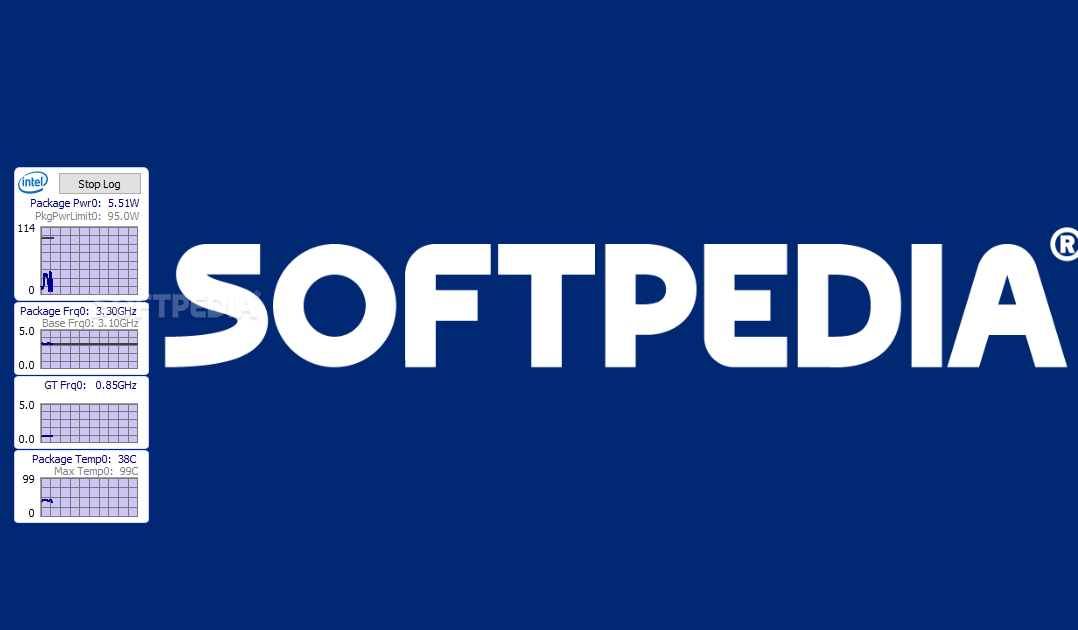
#INTEL POWER UTILITY MACOS MAC#
Starting your Mac in Safe Mode is very easy. Some of your Mac’s features will be disabled in Safe Mode.
:quality(90)/article-new/2020/11/m1-mac-startup-options.jpg)
The suitable CPU frequency will be automatically adjusted based on the profile you choose. Built-in profiles: By default, CPU power manager offers four default profiles namely High Performance, Multimedia, Quiet, Energy Saver.In fact, in my case, I have Turbo Boost turned off most of the time. So if you aren’t doing anything intensive, it’s nice to be able to turn off Turbo Boost and save power. While this can make your system more performant, it also increases power consumption a lot. Most Intel CPU’s have “Turbo Boost” feature, whereby the one of the cores of the CPU is boosted past the normal maximum frequency for extra performance. Turn Turbo Boost On and Off: This is my favorite feature.Once these limits are set, the CPU will operate only in this range of frequencies.

Set maximum and minimum frequency: With this extension, you can set maximum and minimum frequency limits in terms of percentage of max frequency.See the current CPU frequency: Obviously, you can use this window to see the frequency that your CPU is running at.Here is the list of available options in the CPU power manager interface. Once the Laptop is in battery mode, CPU power manager will automatically adjust minimum and maximum frequency levels accordingly to improve the battery performance.

You can verify it by unplugging the power source from your Laptop. It will automatically adjust the recommended minimum and maximum CPU frequencies for you. Launch CPU Power Manager from top bar Control And Manage CPU Frequency Using CPU Power Manager In LinuxĬPU power manager requires zero configuration.

To do so, click the "ON" button next to the CPU power manager.
#INTEL POWER UTILITY MACOS INSTALL#
On Arch Linux, EndeavourOS, Manjaro Linux: $ sudo pacman -S chrome-gnome-shellĭebian, Ubuntu, Linux Mint, Pop OS: $ sudo apt install chrome-gnome-shellįedora: $ sudo dnf install chrome-gnome-shellĪfter installing the GNOME Shell integration browser extension and the native connector, go to the CPU Power Manager extension’s page, and install the extension. If you are on Google Chrome or Chromium, go to GNOME shell integration extension page and add it your browser.Īnd then you MUST install native connector for this extension to work. To install a GNOME extension, first you need to install the GNOME Shell integration browser extension that provides integration with GNOME Shell and the corresponding extensions repository. Control And Manage CPU Frequency Using CPU Power Manager In Linux.


 0 kommentar(er)
0 kommentar(er)
